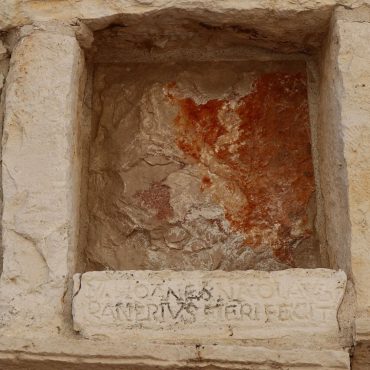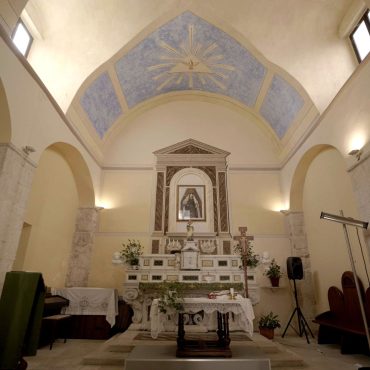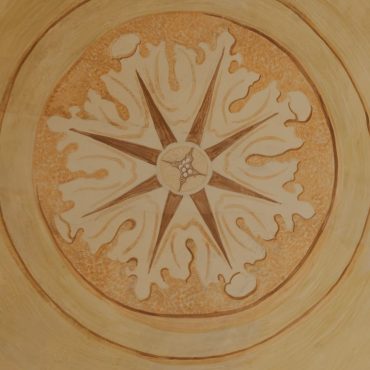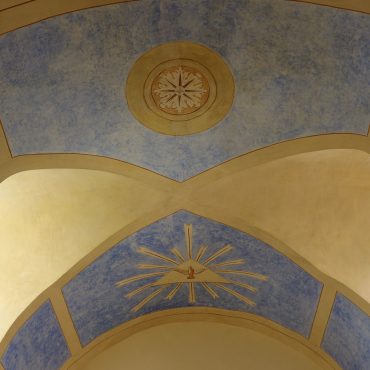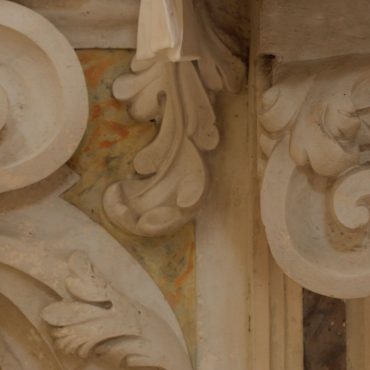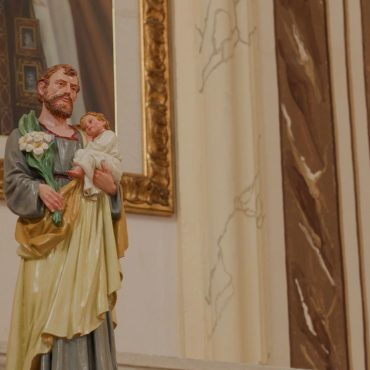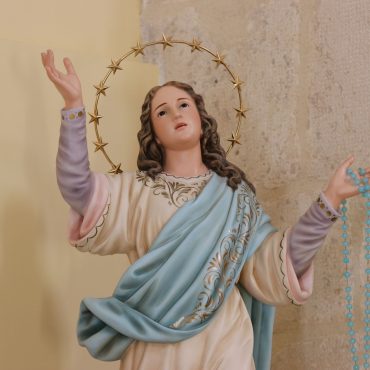
Carminiello Church
(17th century)
In the 1600s there was a firm belief that public executions were an effective deterrent to maintain peace and order. At dawn, the ringing of the bells marked the beginning of the awaited day: the procession was prepared which would lead the condemned to the gallows. A crowd of onlookers would silently gather outside the prison and then the procession would walk through the town towards the place of execution.
Before arriving at the gallows, the condemned would stop at this church to receive the last rites. Outside the church there are still two piles of stones used to pour holy water over the convict, a symbolic last rite of purification before the inevitable.
This church, known locally as “Carminiello” was built by Giovanni Nicola Raniero and his wife Laura Alchieri, as shown in the inscription on the façade. It was built in the countryside “nella cocevola di Via Bari, nel luogo detto lo Palmento di Poriello” (in the plot of Via Bari, in the place known as the Palmento di Poriello”, an area once dedicated to the pressing of grapes.
Historians have long debated over the date of its construction (1636 or 1638). In actual fact, both dates are correct because the construction took place in two phases: the chapel was built in 1636 and the church two years later. The fusion of the two buildings, visible in the façade, is an important example of 17th century sacred architecture and lends the church significant historical and artistic value.


